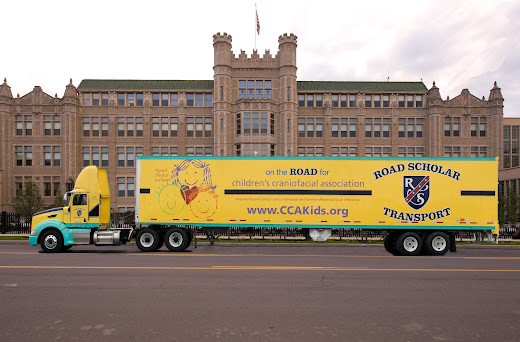The Changing Face of Trucking: Navigating the Industry’s Demographic Shift
The U.S. trucking industry is at a pivotal crossroads. According to a new report from the American Transportation Research Institute (ATRI), the sector is undergoing a notable demographic shift — one that presents both significant challenges and vital opportunities. With an aging driver population, a glaring gender imbalance, and dwindling interest from younger generations, the future of freight transportation depends on how proactively the industry adapts. ATRI’s research underscores an urgent truth: if fleets want to remain competitive and operational in the years ahead, they must not only evolve their recruitment strategies but also redefine their culture, systems, and values to attract a broader, more diverse pool of talent. The Aging Face of Trucking ATRI's findings reveal a stark demographic reality: the average truck driver in America is now 47 years old, and the number of drivers 55 and older has increased by 8.6% in recent years. By contras...
